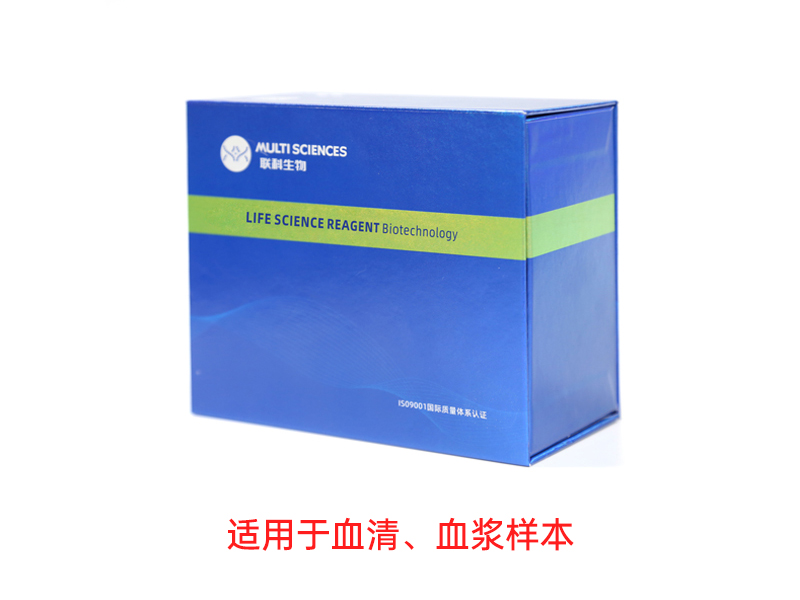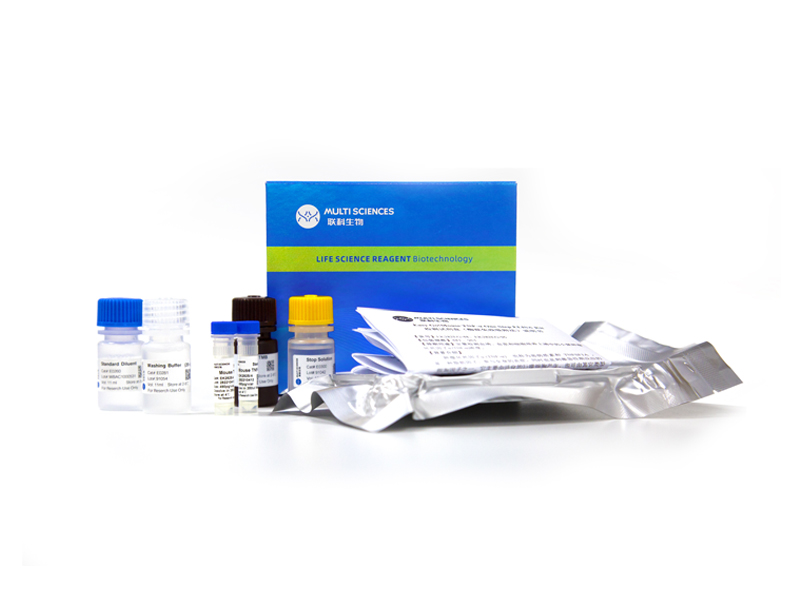Background: Excessive inflammation poses significant risks to human physical and mental health. Astilbe grandis, a traditional Miao medicine, is renowned for its anti-inflammatory properties. However, the specific anti-inflammatory effects and mechanisms of many compounds within this plant remain unclear. This study aims to investigate the anti-inflammatory effects and mechanisms of two characteristic oleanane triterpenoids, 3α-acetoxyolean-12-en-27-oic acid (1) and 3β-acetoxyolean-12-en-27-oic acid (2), isolated from Astilbe grandis, using lipopolysaccharide (LPS)-induced Macrophages.Methods: The anti-inflammatory effects and mechanisms of compounds 1 and 2 were investigated by establishing an LPS-induced inflammation model in RAW 264.7 cells and THP-1 cells. Nitric oxide (NO) levels were assessed using the Griess method. The concentrations of tumor necrosis factor-alpha (TNF-α), interleukin-6 (IL-6), and interleukin-1beta (IL-1β) were measured via enzyme-linked immunosorbent assay (ELISA). The expression of cyclooxygenase-2 (COX-2) and inducible nitric oxide synthase (iNOS) was determined using western blotting and quantitative real-time PCR (qRT-PCR). Additionally, the phosphorylation level of p65 in nuclear factor-kappa B (NF-κB) was assessed through western blotting. The nuclear translocation of NF-κB p65 was assessed through immunofluorescence staining. Finally, the binding affinity of the compounds to NF-κB p65 target was validated through molecular docking.Results: Compounds 1 and 2 significantly inhibited the expression of NO, TNF-α, IL-6, IL-1β, COX-2, and iNOS in LPS-induced Macrophages. Mechanistically, they attenuated the activation of the NF-κB signaling pathway by downregulating the phosphorylation level and nuclear translocation of p65.Conclusion: This study elucidates the anti-inflammatory activities and potential mechanism of the characteristic oleanane triterpenoids with C-14 carboxyl group, compounds 1 and 2, in LPS-induced Macrophages by inhibiting the NF-κB signaling pathway for the first time. These findings suggest that these two compounds hold promise as potential candidates for anti-inflammatory interventions in the future.
文章引用产品列表
-
- EK201BEGA 35 Citations
- 一步法ELISA试剂盒
EasyGo!™ Mouse IL-1β One-Step ELISA Kit 检测试剂盒(酶联免疫吸附法)
- ¥2,190.00 – ¥3,650.00
-
- EK206EGA 56 Citations
- 一步法ELISA试剂盒
EasyGo!™ Mouse IL-6 One-Step ELISA Kit 检测试剂盒(酶联免疫吸附法)
- ¥2,190.00 – ¥3,650.00
-
- EK282 1454 Citations
- FEATURED ELISA KIT, ELISA试剂盒
Mouse TNF-a ELISA Kit检测试剂盒(酶联免疫吸附法)
- ¥1,600.00 – ¥10,800.00
-
- EK282HS 1241 Citations
- 高敏试剂盒
Mouse TNF-α High Sensitivity ELISA Kit检测试剂盒(酶联免疫吸附法)
- ¥2,000.00 – ¥3,400.00
-
- EK206 1296 Citations
- ELISA试剂盒
Mouse IL-6 ELISA Kit检测试剂盒(酶联免疫吸附法)
- ¥1,600.00 – ¥10,800.00
-
- EK206HS 1080 Citations
- 高敏试剂盒
Mouse IL-6 High Sensitivity ELISA Kit检测试剂盒(酶联免疫吸附法)
- ¥2,000.00 – ¥3,400.00
-
- EK201BHS 786 Citations
- 高敏试剂盒
Mouse IL-1β High Sensitivity ELISA Kit检测试剂盒(酶联免疫吸附法)
- ¥2,000.00 – ¥3,400.00
-
- EK201B 939 Citations
- ELISA试剂盒
Mouse IL-1β ELISA Kit 检测试剂盒(酶联免疫吸附法)
- ¥1,600.00 – ¥10,800.00





